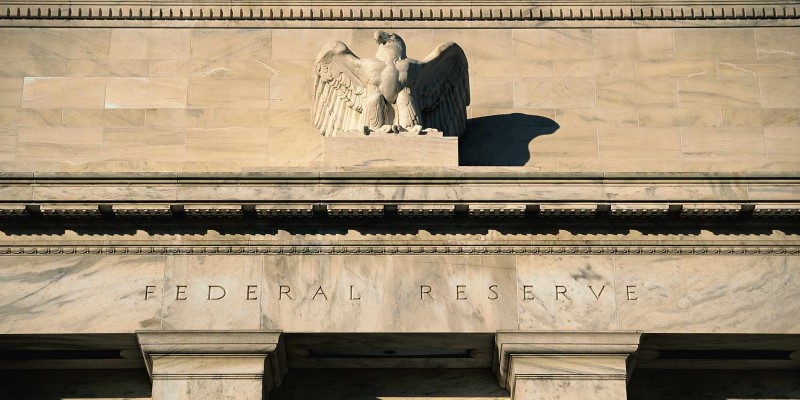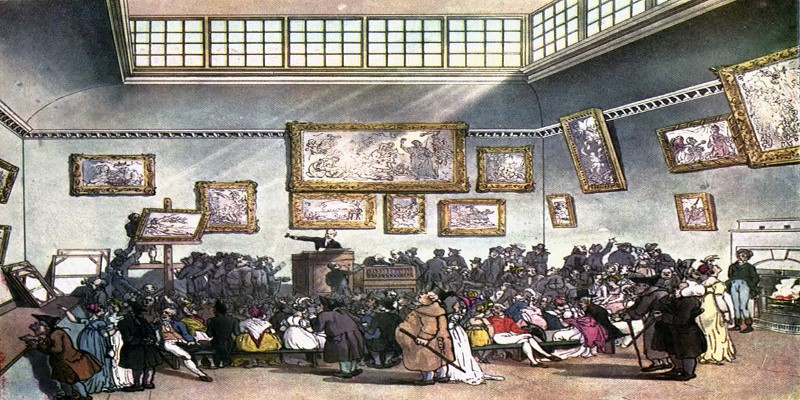The Term Auction Facility: A Closer Look at Its Role in Financial Stability
Financial crises can shake the foundation of economies, leaving financial institutions scrambling for liquidity. One of the key tools developed to manage such economic turbulence is the Term Auction Facility (TAF). Introduced during the financial crisis of 2007–2008, the TAF became a lifeline for banks, enabling them to access much-needed liquidity without the stigma often associated with emergency borrowing. This innovative mechanism not only stabilized banking systems but also shed light on how central banks can act decisively in the face of financial turmoil. So, what exactly is the TAF, and why is it so vital to the world of finance? Let’s break it down step by step.

The Purpose Behind the Term Auction Facility
The Term Auction Facility was introduced by the Federal Reserve in December 2007 at the height of the escalating subprime mortgage crisis. Its primary purpose was to address one of the most pressing challenges faced by banks during economic downturns: securing adequate liquidity. During financial stress, banks often hesitate to borrow from central banks using traditional mechanisms like the discount window due to fears of signaling vulnerability to the market, which could harm their reputation and erode public confidence.
The TAF tackled this issue by offering short-term loans through an anonymous auction process. Banks could bid for the funds they needed without their identities being disclosed, ensuring their reputations were protected while bolstering their liquidity. This innovative approach not only restored trust within the banking sector but also prevented a wider financial panic. By alleviating liquidity concerns discreetly, the TAF played a pivotal role in safeguarding the broader financial system during a period of intense economic uncertainty.
How the Term Auction Facility Works?
Understanding how the Term Auction Facility operates reveals its brilliance as a central banking tool. Instead of direct loans at fixed rates, the Federal Reserve held auctions where banks submitted bids for specific amounts of funds. These auctions were designed to allocate liquidity efficiently, ensuring funds reached the institutions that needed them most.

Here’s how the process unfolded:
Announcement of Auctions: The Federal Reserve would announce periodic auctions detailing the total amount of funds available, loan maturities (typically 28 or 84 days), and the timeline for submitting bids.
Bank Participation: Eligible banks, primarily depository institutions, could participate by submitting sealed bids specifying how much they wanted to borrow and the interest rate they were willing to pay.
Competitive Bidding: The auction followed a competitive bidding process, where banks with higher interest rate offers had a better chance of receiving funds. This ensured market-driven pricing, reflecting demand for liquidity at any given time.
Allocation of Funds: Once the bidding closed, the Fed allocated funds starting from the highest bid and working downward until the available funds were exhausted. The lowest rate accepted in the auction became the "stop-out rate," which all successful bidders paid.
Collateral Requirements: To secure the loans, banks had to pledge collateral, typically high-quality assets such as government bonds or mortgage-backed securities. This safeguard ensured the Fed faced minimal risk in case of defaults.
This auction-based mechanism not only improved liquidity distribution but also maintained market stability by allowing banks to access funds discreetly.
The Role of TAF in Central Bank Operations
The Term Auction Facility highlighted the Federal Reserve's adaptability in addressing systemic risks. Its introduction marked a shift in how central banks could intervene during crises. Unlike conventional tools, the TAF prioritized discretion, fairness, and efficiency, aligning with broader goals of financial stability.
During the 2007–2008 financial crisis, the TAF infused billions of dollars into the banking system, easing the credit crunch and restoring confidence. By ensuring banks had access to short-term funding, the facility kept credit markets functional, preventing further economic fallout.
Moreover, the TAF’s design allowed the Federal Reserve to fine-tune its monetary policy without triggering alarm in financial markets. The anonymity of participants and the competitive nature of the auctions reinforced the perception that the funds were distributed fairly, preventing moral hazard or favoritism concerns.
The TAF also set a precedent for future central bank operations, demonstrating the importance of flexible, innovative tools in navigating uncharted economic waters.
Challenges and Legacy of the Term Auction Facility
While the Term Auction Facility played a crucial role in stabilizing the financial system during a time of unprecedented economic stress, it was not without its share of challenges. Critics often argued that the TAF blurred the boundaries between monetary policy and fiscal intervention, raising concerns about the Federal Reserve's independence and the potential overreach of central banks during crises. Additionally, the reliance on collateral to secure loans posed certain risks. The quality and valuation of the assets pledged as collateral varied significantly across institutions, which introduced an element of uncertainty about the program's long-term implications.

Despite these criticisms, the TAF's success in addressing the immediate liquidity crisis far outweighed its limitations. By restoring confidence and preventing a deeper financial collapse, the facility proved its effectiveness as an emergency tool. Phased out in 2010, as financial conditions improved, the TAF left behind a lasting legacy. It became a model for similar liquidity programs globally, demonstrating the critical role central banks can play in stabilizing markets during periods of financial distress and ensuring the smooth functioning of the broader economy.
Conclusion
The Term Auction Facility showcased the Federal Reserve's ability to adapt during crises, providing discreet and efficient liquidity support to stabilize the financial system during the 2007–2008 crisis. By restoring confidence and preventing market disruptions, the TAF proved invaluable in maintaining financial stability. Its innovative auction mechanism has since influenced central banks globally, demonstrating the importance of flexible, transparent tools in addressing systemic risks. The TAF remains a powerful reminder of the critical role central banks play in safeguarding the global economy during turbulent times.












